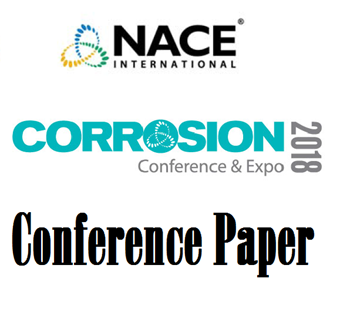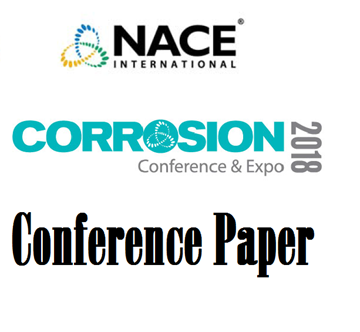Search
Products tagged with 'h2s'
View as
Sort by
Display
per page
51318-11070- Corrosion and SSC Resistant Cladding Material for H2S/CO2 Oil and Gas Containing Environment
Product Number:
51318-11070-SG
Publication Date:
2018
$20.00
51318-11084-The Application Limitation Boundary of Duplex Stainless Steel under Sour Condition in Oil Fields
Product Number:
51318-11084-SG
Publication Date:
2018
$20.00
51318-11257-Sulfide Stress Cracking of Super 13Cr Martensitic Stainless Steel – Localized Corrosion and Hydrogen
Product Number:
51318-11257-SG
Publication Date:
2018
$20.00
51318-11266-Sour Gas Plant Corrosion in the Presence of Elemental Sulfur
Product Number:
51318-11266-SG
Publication Date:
2018
$20.00
51318-11268-Room Temperature Gas Charging to Achieve Test Pressures at Temperature
Product Number:
51318-11268-SG
Publication Date:
2018
$20.00
51318-11322-Microstructural Investigation of Sour Corrosion Phenomena in UNS C72900
Product Number:
51318-11322-SG
Publication Date:
2018
$20.00
51318-11429-Formation of strong acids in dense phase CO2
Product Number:
51318-11429-SG
Publication Date:
2018
$20.00
51318-11477-Corrosion evaluation of tubing steels and material selection in the CO2/H2S coexistent environment
Product Number:
51318-11477-SG
Publication Date:
2018
$20.00
51318-11481-Impacts of Impurities SO2 and H2S on Corrosion of sc-CO2 Pipe Steels
Product Number:
51318-11481-SG
Publication Date:
2018
$20.00
51318-11541-Corrosion of Casing Vapor Recovery System in Steam Flooding Operation
Product Number:
51318-11541-SG
Publication Date:
2018
$20.00
A Review Of Fit-For-Purpose Sour Tests Of Low Alloy Steels: Effects Of Buffer Chemistry And Purge Gas Composition
Product Number:
51321-16578-SG
Publication Date:
2021
$20.00
A Test Procedure To Evaluate ERW/HFW Pipe Seam Susceptibility To Embrittlement
Product Number:
51323-19135-SG
Publication Date:
2023
$20.00












